BLOG
Categories
When to Seek Help: Recognizing Trauma in Adopted Children
Let’s talk about something essential—recognizing trauma in adopted children. This isn’t just about a checklist of behaviors; this is about tuning in, with your heart wide open, to the signals your child is giving you. And make no mistake—every behavior is communication. Every reaction, every meltdown, every withdrawal, is your child reaching out, saying, “I need help making sense of my world.”
Behavioral Signs and Emotional Disruptions
Sometimes that reaching out looks like anger. Other times, it’s withdrawal. Maybe your child lashes out over something that seems small. Or maybe they pull so far inward you barely know they’re there. These are not “bad behaviors.” These are survival strategies. Your child is not broken—they’re doing the best they can with what they’ve lived through.
Distrust. Insecurity. Nightmares. Sleep issues. These aren’t just issues—they are trauma symptoms. The body remembers what the brain can’t always verbalize. Sleep disturbances are just one way the nervous system stays on high alert, trying to protect from pain that already passed—but was never processed.
And fear? Fear can show up wearing a lot of masks—sadness, irritability, rage. When we start to peel back the layers, what we see isn’t defiance, but a deep emotional wound crying out for connection and safety.
Developmental and Learning Challenges
Let’s not forget—trauma interrupts development. That’s not just theory. That’s neuroscience. When a child experiences overwhelming, prolonged, or unpredictable stress, it physically alters how their brain organizes itself. So yes, developmental delays are real. They’re not because your child “won’t try” or “just needs more discipline.” They’re because their brain is wired to survive, not thrive—at least until safety becomes the norm.
In school, this might look like poor focus or trouble with memory. It might look like academic struggles that don’t seem to make sense. But again, the nervous system is doing its job: staying ready to fight, flee, or freeze. Learning can’t happen until the brain feels safe. That’s the truth.
Post-traumatic stress isn’t reserved for soldiers. Our children live in emotional war zones too. Flashbacks, re-experiencing events, emotional shutdown—these are real symptoms that deserve real compassion.
Understanding the Impact of Trauma in Adopted Children
Let’s get really honest here—when we talk about trauma in adopted children, we’re not talking about something abstract or clinical. We’re talking about lived experience. We’re talking about a child whose story began in stress, loss, fear. A child who, from the very beginning, may have had to survive in a world that didn’t feel safe. And when a child grows up in survival mode, that impacts everything—from how they think and feel, to how they connect and love.
The Deep Wound of Neglect and Abandonment
Neglect isn’t just about not getting enough food or clean clothes. It’s about not feeling seen. Not feeling wanted. Not being held, rocked, spoken to in loving tones. It’s about a nervous system that never learned how to settle, how to rest in connection. And abandonment? That cuts even deeper. It creates a message that says, “I’m not enough. I’m not worth staying for.”
These wounds don’t go away with a new bedroom or a fresh start. They live in the body. In the brain. In the child’s most primal expectations of the world. And so what shows up in their behavior isn’t bad behavior—it’s fear. It’s a brain doing its best to protect a child from feeling that pain again.
Attachment Isn’t Just a Buzzword—It’s Survival
Attachment is everything. It’s how we know we’re safe. For adopted children—especially those who’ve been through multiple placements—trusting again can feel like walking through fire. When early caregivers aren’t consistent or safe, the attachment system adapts. But it adapts in ways that look like testing, pushing, withdrawing.
Reactive Attachment Disorder isn’t about being defiant. It’s about a brain saying, “Prove it. Prove you’re not going to leave.” And when we see those behaviors—manipulation, control, rejection—we have to look deeper. Beneath every act of control is a heart crying out for safety and connection.
Trauma Changes the Brain—But Connection Heals It
This is where the science gets powerful. Adverse Childhood Experiences (ACEs) actually rewire the brain. Chronic, unrelenting stress changes how the brain processes emotion, regulates behavior, and stores memory. It’s not a matter of willpower. It’s not about “trying harder.” It’s biology.
But here’s the hope—neuroplasticity is real. The brain can change. With safety. With love. With consistency. With presence.
You don’t need to be perfect. You just need to be present. Be the soft place to land. Be the safe harbor. Let your love be felt—not in grand gestures, but in quiet regulation, in co-regulation. That’s where healing lives.
And yes, there’s a place for therapy. For occupational support. For trauma-informed professionals. But never forget—your presence, your calm, your commitment—that’s the most powerful intervention of all.
Parenting Strategies for Children with Trauma Histories
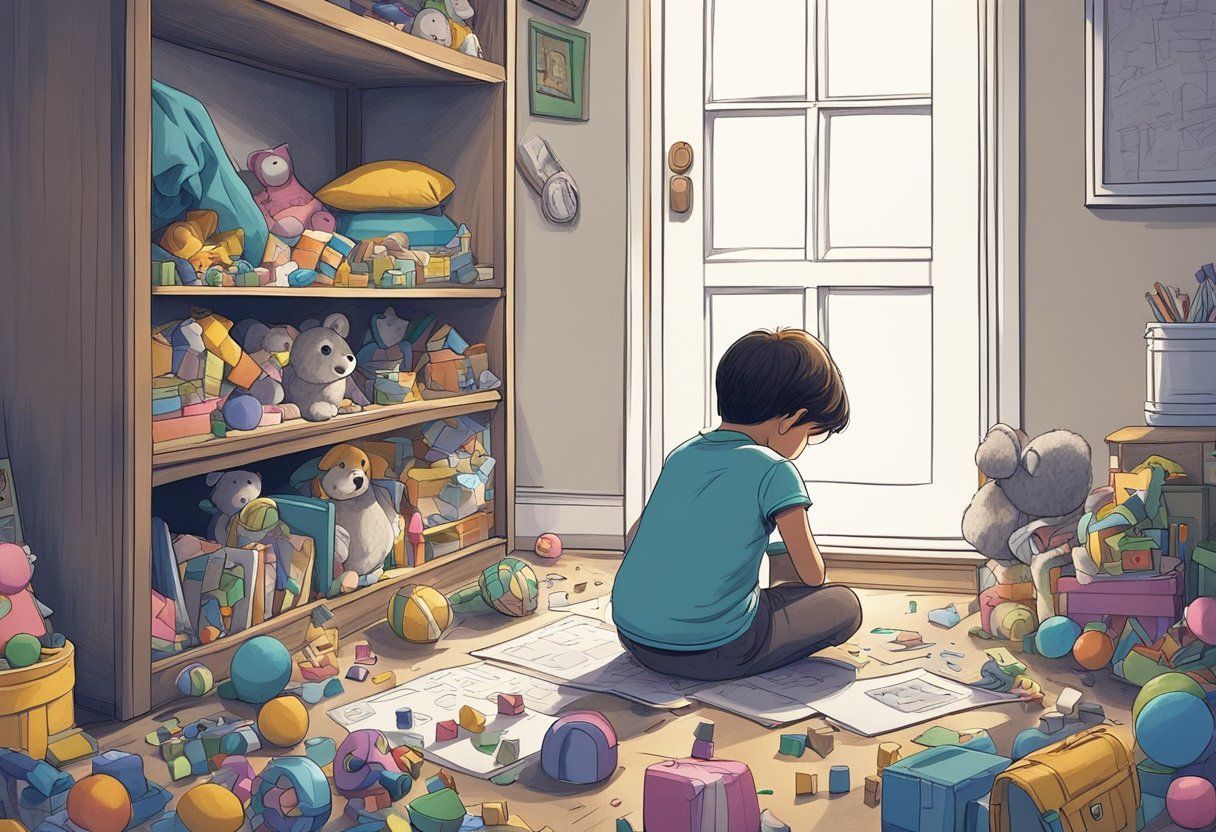
Let’s start with this truth—every child who’s experienced trauma carries a nervous system tuned for survival. That means they don’t need more correction; they need more connection. Adoptive parents aren’t just caregivers. You’re healers. You’re co-regulators. You’re building safety from the inside out.
Creating Safety and Belonging in the Home
You want to help your child feel secure? Don’t start with behavior. Start with rhythm. Children thrive in predictability because it tells their brain, “You are safe.” So yes—meals at the same time, bedtime routines, even how you say goodnight—these things matter. They calm the brain. They reduce fear.
But structure without connection doesn’t work. You’ve got to show up emotionally. That means listening—not to fix, not to lecture—but to hear. Let your child grieve. Let them be angry. Let them question. Their behavior is not disrespect—it’s dysregulation. And your calm presence is the medicine.
Physical touch, when welcomed, is powerful. A gentle hug, sitting shoulder to shoulder, even just being near—these are nervous system recalibrations. These are oxytocin opportunities. Safety lives in the body before it ever lives in the mind.
Create a soft place in your home. A reading nook. A bean bag corner. A sensory zone. Something that says, “You’re allowed to rest here.” And when your child starts to connect with safe others—family, friends, coaches—celebrate it. Community is a protective factor against the impact of trauma.
Supporting Special Needs and ADHD
If your child has ADHD or other special needs, don’t fall into the trap of thinking you need more discipline. What you need is more structure—and more compassion.
Children with ADHD don’t lack motivation. They lack regulation. Visual schedules can help—pictures, symbols, clear routines. It’s not about rigid control. It’s about giving the brain a roadmap to reduce overwhelm.
Movement is key. Let them run, stretch, jump, roll. Physical activity resets the stress response and boosts focus. So build in brain breaks and celebrate energy, don’t fight it.
Work closely with educators. Not all schools understand trauma or ADHD. Be your child’s voice. Advocate for flexibility, for understanding, for a learning environment that doesn’t punish dysregulation, but supports emotional growth.
And yes—seek professional help when needed. Trauma-informed therapists, occupational therapists, neurodevelopmental specialists—these aren’t signs you’re failing. They’re signs you’re fighting for your child’s healing.
Navigating Identity and Cultural Challenges in Adopted Children
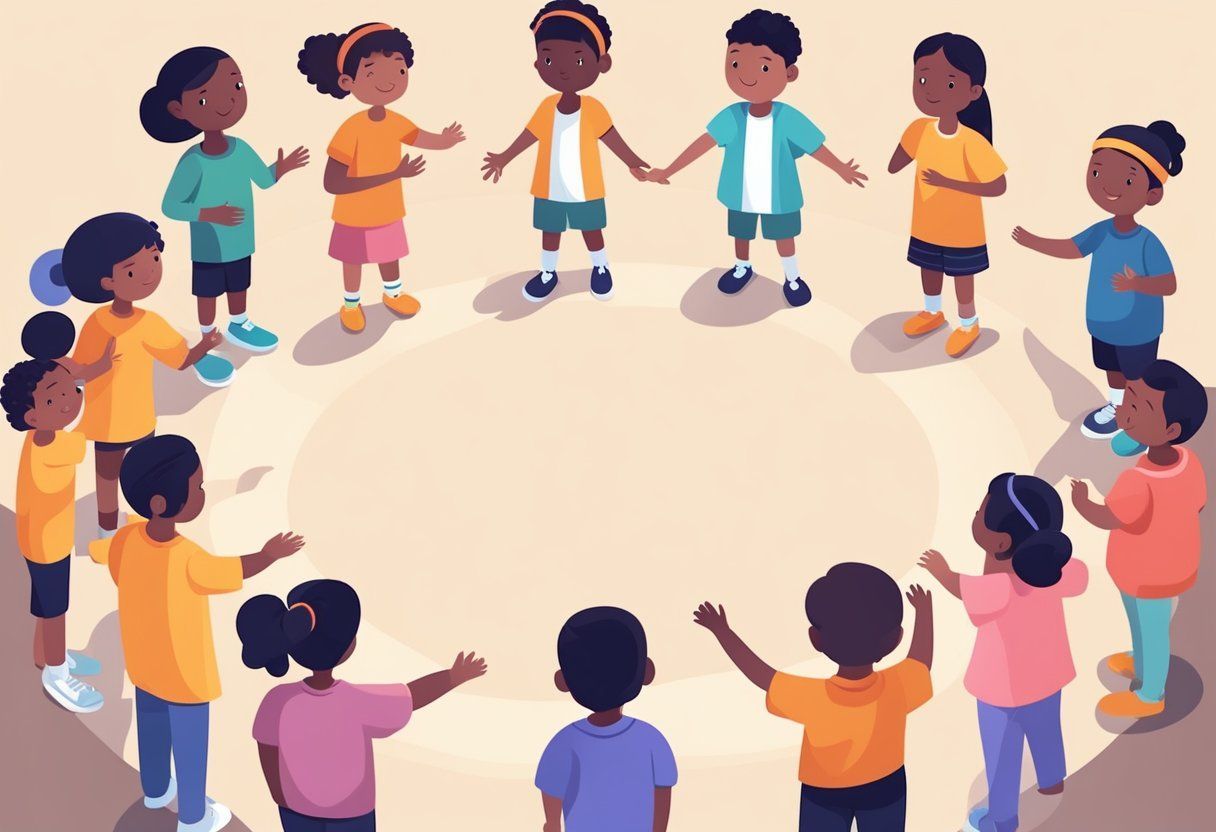
Let’s talk about one of the most sacred parts of the human journey—identity. For adopted children, especially those in transracial or international adoptions, the path to self-understanding can be complex and layered with grief, confusion, and longing. It’s not just about “fitting in.” It’s about answering the deep, soul-level question: “Who am I, really?”
Walking Beside Your Child Through Identity Struggles
One of the greatest gifts you can give your adopted child is the space to explore their identity without fear of shame, judgment, or correction. They are not betraying you by wanting to understand their birth parents or where they came from. In fact, it’s just the opposite—it's a step toward wholeness.
Create safety for their questions. Let them grieve what they lost, even as they embrace what they’ve gained. Provide mirrors—books, media, mentors, and community—where they can see themselves. Identity isn’t a crisis to solve. It’s a process to honor.
If your child feels lost, help them find support. Therapists who understand the layers of adoption can walk with them through the maze of emotions—abandonment, loyalty confusion, and belonging. These are not pathologies. These are normal responses to deep soul wounds.
Holding Onto Culture as an Anchor of Belonging
Culture is not just about food or language—it’s about roots. And every child needs roots to grow. When you honor your child’s birth culture, you’re not taking away from your family—you’re expanding it. You’re saying, “Your story matters. Your people matter. You matter.”
Celebrate cultural holidays. Cook traditional meals. Tell stories. Learn the music. Engage in the rituals. Go to festivals in your area and let your child see others who look like them, speak their language, and share their heritage.
Language is powerful. Even just learning key phrases can open a door to belonging. It’s not about fluency—it’s about familiarity. Apps, classes, community members—they all help build that bridge.
Most importantly, find people from your child’s cultural background who can walk with your family. These connections can be life-giving. They offer your child a reflection of what it means to be fully themselves, with all their history and complexity intact.
When to Seek Professional Help: Listening to the Deeper Story
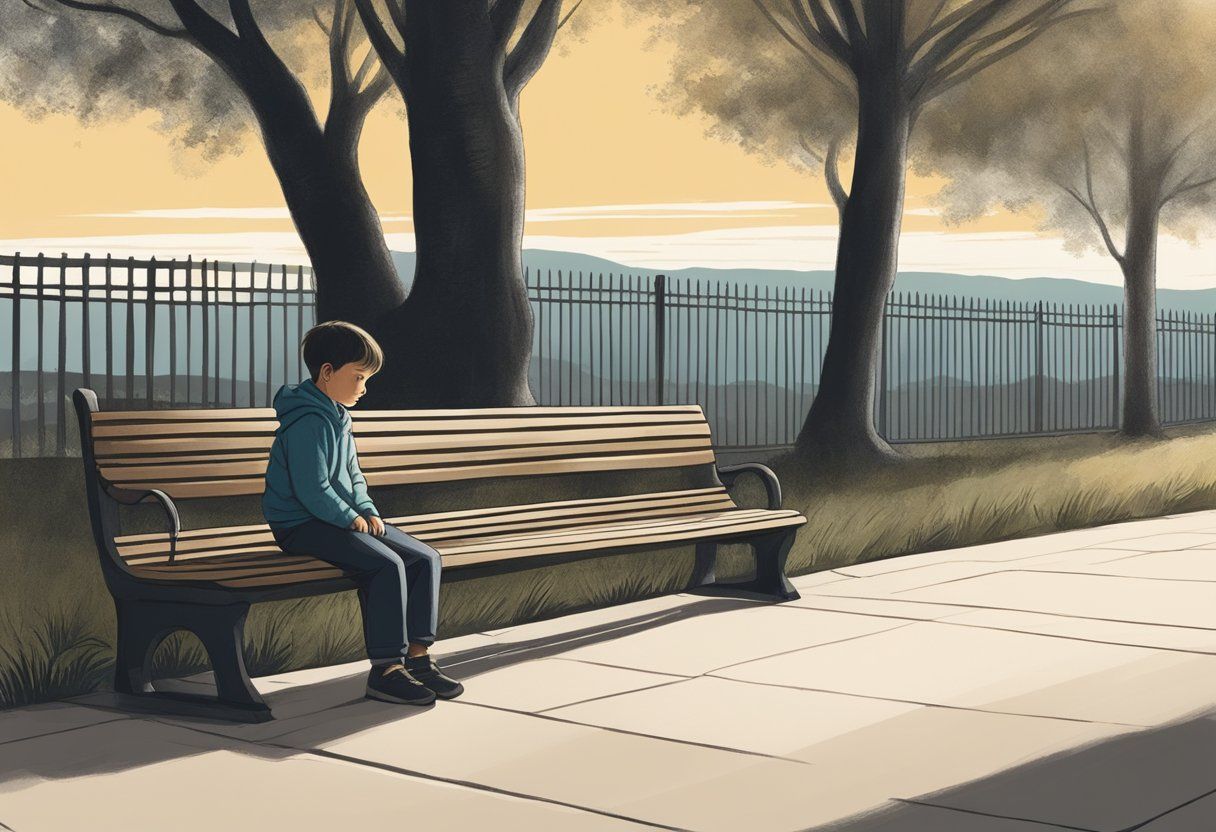
Let’s be clear—asking for help isn’t a failure. It’s an act of love. When your child is hurting in ways that feel too big, too deep, or too persistent, it’s not about fixing them—it’s about holding space for their healing. And sometimes, that space needs to be expanded with the support of a professional who understands the layers of trauma that adoption can bring.
Knowing When to Bring in a Guide
If your child is wrestling with emotions that don’t seem to ease—ongoing sadness, anxiety that grips them, or anger that keeps showing up—pay attention. Behavior is communication. And what looks like defiance or withdrawal might be fear that hasn’t found its voice yet.
Academic struggles, trouble concentrating, or fights with friends and siblings—these aren’t just developmental bumps. They can be signs of dysregulation rooted in trauma. Especially if your child has experienced early abuse, neglect, or multiple placements, their nervous system may be stuck in survival mode.
Support groups can be powerful, but when the intensity of pain keeps rising, or your child seems to be spiraling, it’s time to bring in deeper support.
Choosing the Right Professional Isn’t About Labels—It’s About Fit
All therapists are not created equal. You need someone who gets it. Someone who understands that adoption is trauma—even in the best of circumstances. Look for an adoption-competent therapist. Someone who knows that grief and loss are part of the adoption journey, even in loving homes.
Better yet, seek out trauma-informed therapists who use tools like EMDR (Eye Movement Desensitization and Reprocessing) or somatic approaches. These methods help heal what’s buried deep—in the body, in the brain, in the nervous system.
Ask questions. Find out if the therapist focuses on connection, regulation, and resilience. You don’t need someone who’s going to pathologize your child. You need someone who’s going to see their brilliance beneath the pain.
And remember—it takes a village. Healing doesn’t just happen in the therapy room. Work with teachers, caregivers, mentors. A great model to consider is wraparound services, which bring all these support systems together in a coordinated effort.
When everyone’s on the same page—creating safety, practicing love, staying regulated—that’s when real transformation begins.

Frequently Asked Questions
How can you identify signs of trauma in adopted children?
You may notice signs like violent tantrums or self-stimulating behaviors during stress or excitement.
Watch for changes in mood or difficulty forming relationships. These behaviors might indicate underlying trauma.
At what point should you consider therapy for an adopted child?
Consider therapy when a child shows ongoing adjustment issues or behavioral problems.
Early intervention is key, so seek help as soon as problems arise to prevent them from worsening.
What are common psychological challenges faced by adopted children?
Adopted children may face challenges like attachment issues and stress. They might struggle with identity or feelings of abandonment. These challenges can affect their emotional and behavioral development.
How does adoption trauma manifest in adult individuals?
In adults, unresolved adoption trauma may lead to anxiety, difficulty with relationships, or emotional detachment. Adults might also experience stress related to identity or belonging.
What are the benefits of seeing an adoption-competent therapist?
An adoption-competent therapist specializes in issues related to adoption.
They can help develop strategies for emotional and behavioral challenges, providing a tailored approach to support both the child and family.
How should parents address issues of trauma in their adopted child?
Parents should create a supportive environment and maintain open communication.
Seeking professional help and implementing therapeutic parenting strategies are important steps to address trauma effectively.
RECENT POSTS

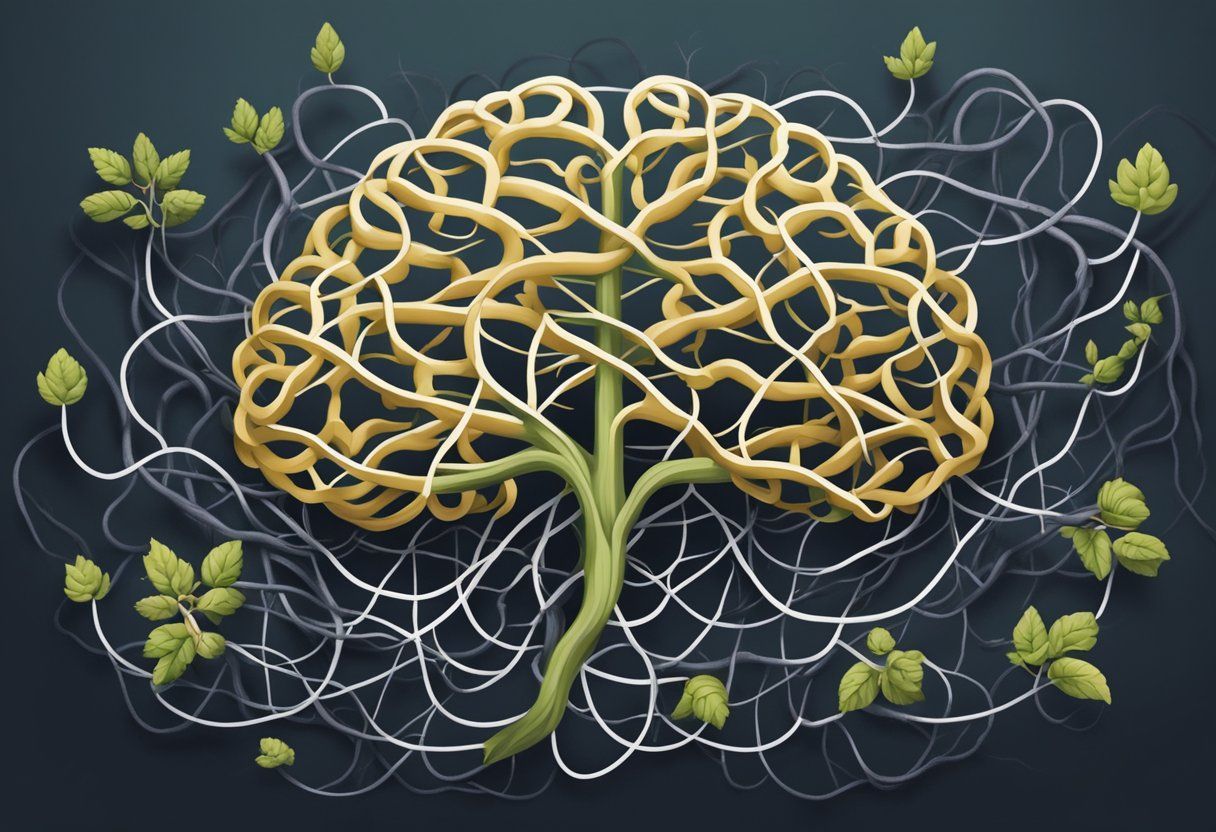

Bringing and keeping families together!






